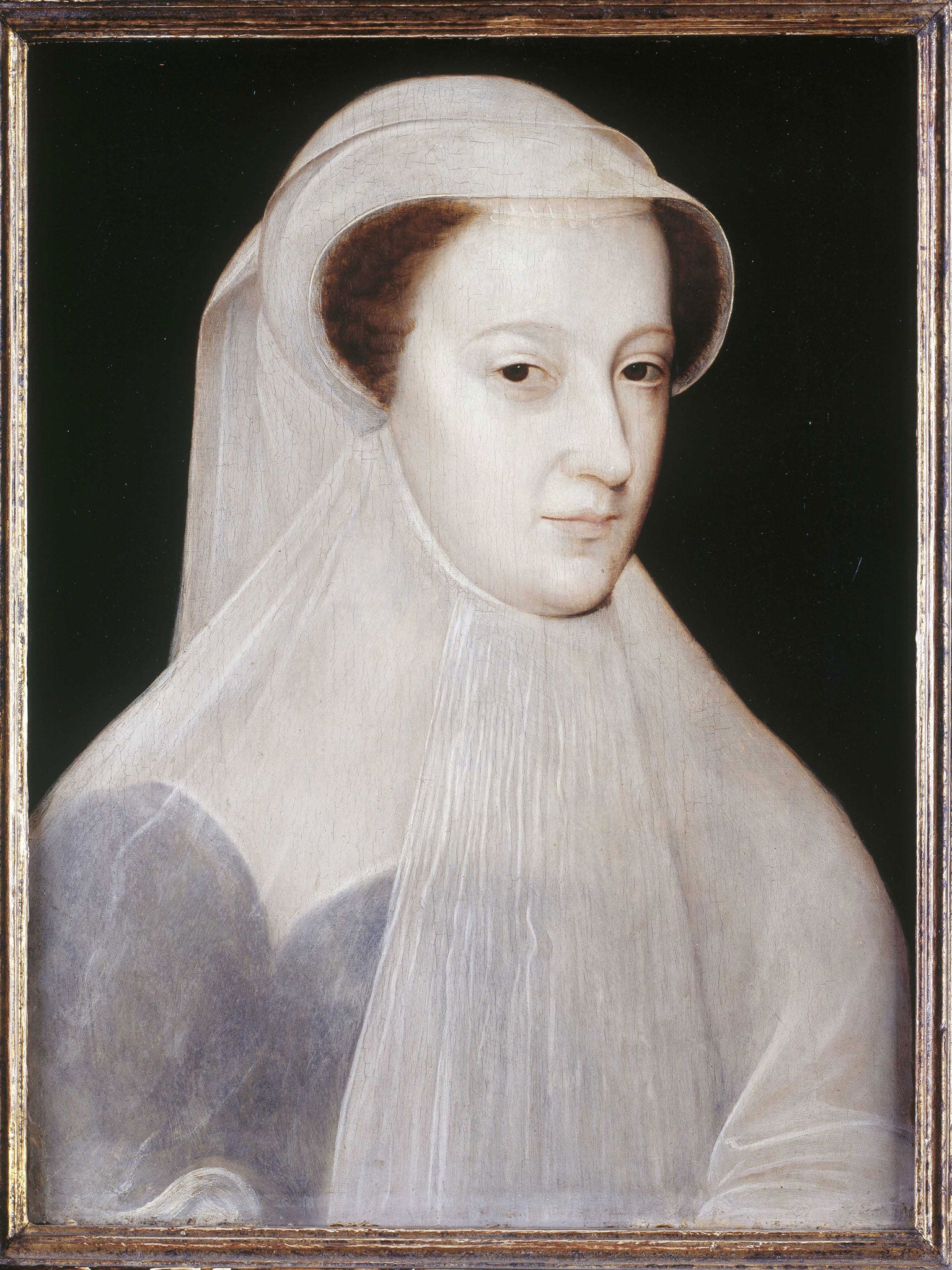Exhibition review: Mary Queen of Scots at the National Museum of Scotland - A Tudor whodunnit to rival Mantel
The nailbiting story of one of Britain’s most enigmatic and misunderstood figures is thrillingly told in a one-off show

Tudor history is dominated by the larger-than-life figures of Henry VIII and Elizabeth I. But there was another equally bodacious figure in Mary, Queen of Scots. Her story is chock-full of appalling and fascinating events: from the deaths of almost everyone close to her as she grew up, to her three failed marriages, to her eventual execution for treason, stitched up by Elizabeth I’s spies and beheaded. Even Hilary Mantel couldn’t make this lot up.
The National Museum of Scotland has taken her story and told it in magnificent style. If exhibitions could win the Booker, this would scoop it. It is the first major home-curated exhibition the museum has put on since its three-year, £47m redevelopment was completed in 2011, and it excels in every way. It has assembled 200 objects from 35 lenders, including the Royal household and many private collections. As the show will not tour afterwards, it is a rare opportunity to see these precious artefacts together.
Sadly, not much of Mary’s enormous collection of jewels or clothes survives. Her canny third husband, James Bothwell, flogged off the ones she bestowed on him, and her pearls, considered the finest in Europe, were sold to Elizabeth I. They can be seen in the Tower of London. But with some well-chosen portraits, tapestries, miniatures, coins, furniture and documentation, accompanied by clear and intelligent text panels, the curators succeed in narrating this often highly complex tale.
Mary was the only surviving child of James V, and his second French wife, Mary of Guise, a staunch Catholic. He died when his daughter was only six days old, partly in despair that she wasn’t a boy. Aged six days, the infant was a queen. The plan was for her to marry the heir to Henri II of France, so, at the age of five, she left her mother to be brought up in the French court.
They married, aged 15, in the cathedral of Notre-Dame de Paris, and when Henri II’s father died a year later, Mary became Queen of France. Her own mother, literally holding the fort back in Scotland in resistance to the Reformation, died a year later, exhausted. To cap it all, Mary’s young husband died six months later of an ear infection. She was only three days off her 18th birthday.
Her next husband was an even bigger disaster. Lord Darnley, a member of the Catholic Stuart family and great-grandson of Henry VII of England, seemed a good bet at first, but quickly proved otherwise. He was ambitious, petulant and greedy. Mary gradually became aware of the problem but refused to divorce, as this would have destroyed their son’s inheritance to the Scottish and, potentially, English thrones.
What followed is one of the biggest unsolved murders in Scottish history. A huge explosion at Darnley’s Edinburgh home killed him and his servant. The suspicion is that Mary was in on the plot, and she didn’t help herself by marrying Bothwell, accused of having orchestrated Darnley’s demise.
It is rare for an exhibition to be so compelling that you enter each room with the same anticipation as turning the pages of a thriller. I couldn’t wait to read each panel to find out what happened next. I was moved to see a woman and her grandson go round discussing the various theories and plots associated with Mary. I had to go back twice. If you only see one show in Edinburgh this summer, make it Mary, Queen of Scots.
To 17 Nov (nms.ac.uk)
Critic's Choice
It may be as crowded as the largely fruitless rush to safety by the citizens of Pompeii in AD79, but Life and Death: Pompeii and Herculaneum at the British Museum in London has some fine artefacts shown in the re-creation of a comfortable home (until 29 Sept). Although booked out, there are day tickets.
Subscribe to Independent Premium to bookmark this article
Want to bookmark your favourite articles and stories to read or reference later? Start your Independent Premium subscription today.

Join our commenting forum
Join thought-provoking conversations, follow other Independent readers and see their replies